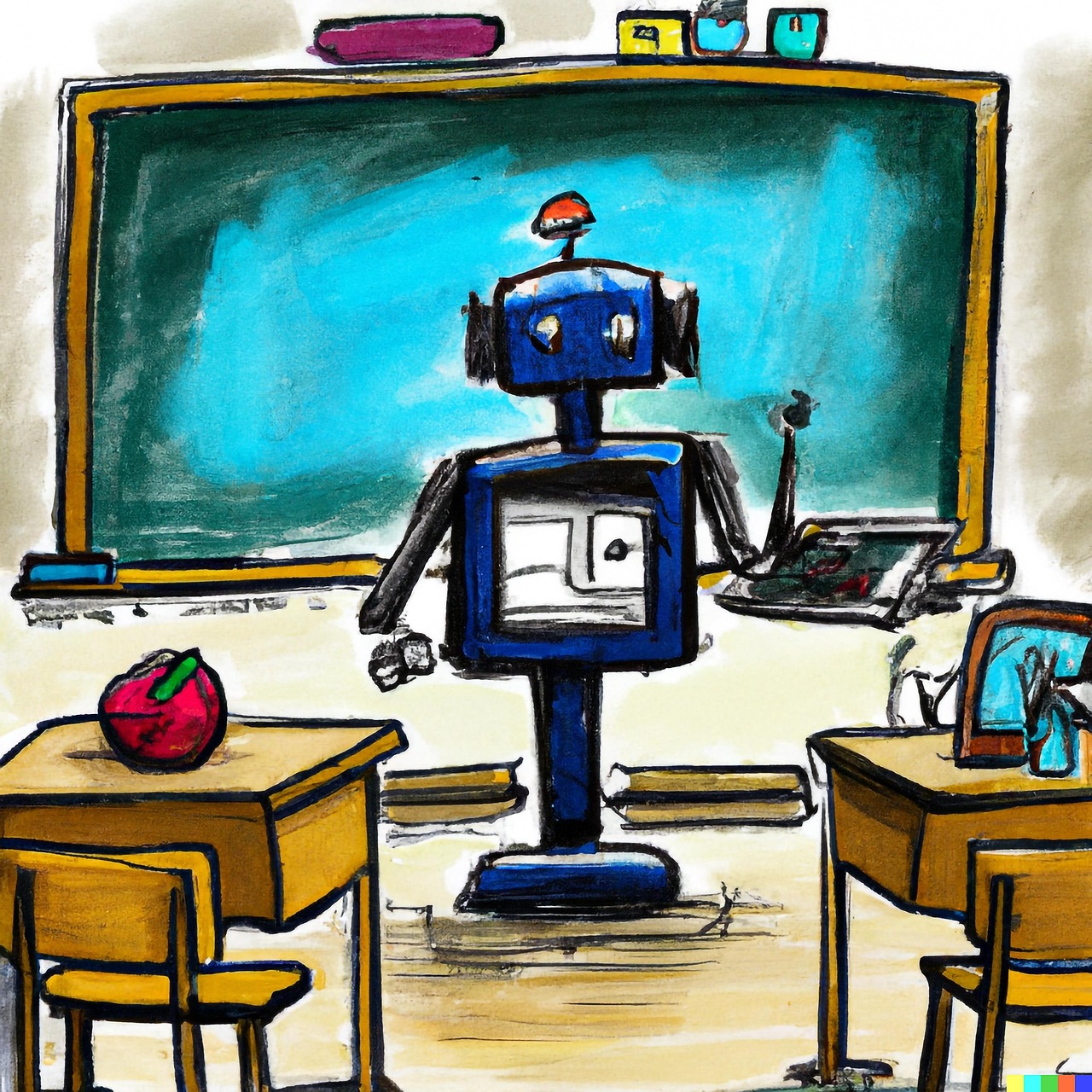Imagine talking to your computer and getting a response that feels… well, human. That’s the promise of Conversational AI, a technology rapidly transforming how we interact with machines and the world around us. From chatbots assisting with customer service to virtual assistants managing our schedules, conversational AI is making interactions more natural, efficient, and personalized. But what exactly is it, and how is it changing the landscape of business and technology? Let’s dive in and explore the exciting world of conversational AI.
What is Conversational AI?
Conversational AI refers to technologies that enable machines to understand, process, and respond to human language, whether spoken or written, in a way that mimics a natural conversation. This field combines elements of natural language processing (NLP), machine learning (ML), and artificial intelligence (AI) to create engaging and effective interactions.
Key Components of Conversational AI
- Natural Language Processing (NLP): The foundation of conversational AI. NLP allows systems to understand the meaning and context of human language, including identifying intent, extracting entities (like dates, names, locations), and discerning sentiment.
- Machine Learning (ML): ML algorithms enable conversational AI systems to learn from data and improve their performance over time. They can adapt to different communication styles, predict user needs, and personalize responses.
- Dialogue Management: This component manages the flow of conversation, ensuring that the AI system understands the user’s goal, keeps track of the dialogue history, and provides appropriate and relevant responses.
- Speech Recognition (Automatic Speech Recognition – ASR): ASR converts spoken language into text, allowing users to interact with AI systems using their voice. Think of how Siri or Alexa understand your commands.
- Text-to-Speech (TTS): TTS converts text into spoken language, enabling AI systems to communicate with users verbally. This is crucial for applications like virtual assistants and automated customer service.
Example of Conversational AI in Action
Imagine you’re looking to book a flight. Instead of searching through numerous websites, you interact with a chatbot. You type: “I want a flight from New York to Los Angeles next Tuesday.”
The chatbot, powered by conversational AI, understands:
- Intent: Book a flight.
- Source: New York.
- Destination: Los Angeles.
- Date: Next Tuesday.
It then retrieves available flights and presents them to you, allowing you to refine your search and complete the booking all within the conversational interface.
Benefits of Conversational AI for Businesses
Conversational AI offers significant advantages for businesses across various industries. It’s not just about automation; it’s about enhancing customer experience and driving efficiency.
Enhanced Customer Experience
- 24/7 Availability: Chatbots and virtual assistants can provide instant support and answer customer queries around the clock, improving customer satisfaction. This is particularly valuable for global businesses.
- Personalized Interactions: Conversational AI can analyze customer data to provide personalized recommendations, tailored responses, and customized experiences. For example, a retail chatbot could recommend products based on previous purchases.
- Reduced Wait Times: By automating responses to common questions, conversational AI can reduce wait times for customer support, leading to happier customers. No more waiting on hold!
- Consistent Brand Messaging: Ensures that customers receive accurate and consistent information, strengthening brand reputation.
Increased Efficiency and Cost Savings
- Automation of Repetitive Tasks: Conversational AI can automate routine tasks such as answering frequently asked questions, processing orders, and scheduling appointments, freeing up human agents to focus on more complex issues. This leads to significant cost savings.
- Lead Generation and Qualification: Chatbots can engage website visitors, qualify leads, and gather valuable information, streamlining the sales process.
- Improved Agent Productivity: By handling simple inquiries, conversational AI allows human agents to focus on more complex and valuable tasks, increasing their productivity.
- Reduced Operational Costs: Automating customer service and other processes reduces the need for large support teams, leading to lower operational costs. A study by Juniper Research projects that chatbots will save businesses $11 billion annually by 2023.
Actionable Takeaway:
Identify areas in your business where repetitive tasks or customer inquiries consume significant time. Explore how conversational AI can automate these tasks to improve efficiency and customer satisfaction.
Applications of Conversational AI Across Industries
Conversational AI is revolutionizing industries, offering solutions tailored to specific needs and challenges.
Healthcare
- Virtual Medical Assistants: Provide patients with information about symptoms, schedule appointments, and answer common medical questions.
- Medication Reminders: Send personalized reminders to patients to take their medication on time.
- Mental Health Support: Offer virtual therapy and support for individuals struggling with mental health issues. Several AI-powered mental health apps are already available, offering guided meditations and personalized advice.
Retail
- Personalized Shopping Recommendations: Suggest products based on customer preferences and purchase history.
- Order Tracking and Support: Provide customers with real-time updates on their orders and answer questions about shipping and returns.
- Virtual Stylists: Offer personalized style advice and recommendations based on customer preferences and body type.
Finance
- Fraud Detection: Identify and prevent fraudulent transactions in real-time.
- Personalized Financial Advice: Provide customers with tailored financial advice based on their income, expenses, and financial goals.
- Customer Service Automation: Answer frequently asked questions about account balances, transactions, and other financial matters.
Education
- Virtual Tutors: Provide personalized learning support and answer student questions.
- Automated Grading: Grade assignments and provide feedback to students.
- Personalized Learning Paths: Create customized learning paths for students based on their individual needs and learning styles.
Actionable Takeaway:
Consider how conversational AI can be applied to your specific industry to improve customer service, automate tasks, and personalize experiences. Research successful case studies in your field.
Building and Deploying Conversational AI Systems
Building effective conversational AI systems requires careful planning, execution, and continuous optimization.
Key Steps in Development
Cloud-based platforms: Google Dialogflow, Amazon Lex, Microsoft Bot Framework. These offer pre-built NLP models and easy integration with other services.
Open-source frameworks: Rasa, DeepPavlov. These provide more flexibility and control over the underlying algorithms but require more technical expertise.
Best Practices for Building Conversational AI Systems
- Focus on User Experience: Design the conversation flow with the user in mind. Make it easy for users to understand how to interact with the system and achieve their goals.
- Provide Clear Instructions: Provide clear instructions on how to use the conversational AI system. Offer examples of common queries and provide helpful prompts.
- Handle Errors Gracefully: Design the system to handle errors and unexpected inputs gracefully. Provide helpful error messages and guide users back on track.
- Personalize the Experience: Use user data to personalize the conversation and provide relevant recommendations.
- Continuously Improve: Continuously monitor the performance of the system and make improvements based on user feedback and data analysis.
Actionable Takeaway:
Start small. Instead of trying to build a complex conversational AI system from scratch, focus on automating a specific task or addressing a single customer need. This allows you to learn and iterate quickly.
Conclusion
Conversational AI is transforming the way businesses and individuals interact with technology. By providing more natural, efficient, and personalized experiences, it’s driving innovation across industries. From automating customer service to providing personalized recommendations, the potential applications of conversational AI are vast and continuously evolving. As technology advances, conversational AI will become even more sophisticated and integrated into our daily lives, making interactions with machines seamless and intuitive. By understanding the key components, benefits, and applications of conversational AI, businesses can harness its power to improve customer experiences, increase efficiency, and drive growth in the years to come.




